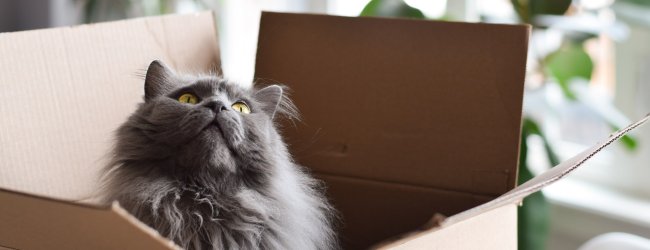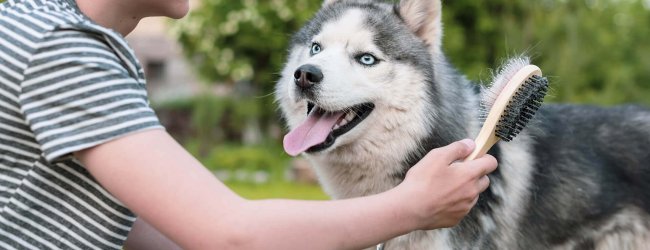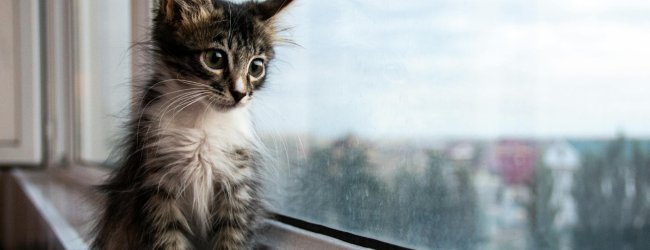9 Cat Sleeping Positions & Their Meanings
Curled up or sprawled out, your cat’s sleeping position can reveal their unique personality. Here are 9 of the most common ones, what they mean, and how they can help catch on to a health issue early.
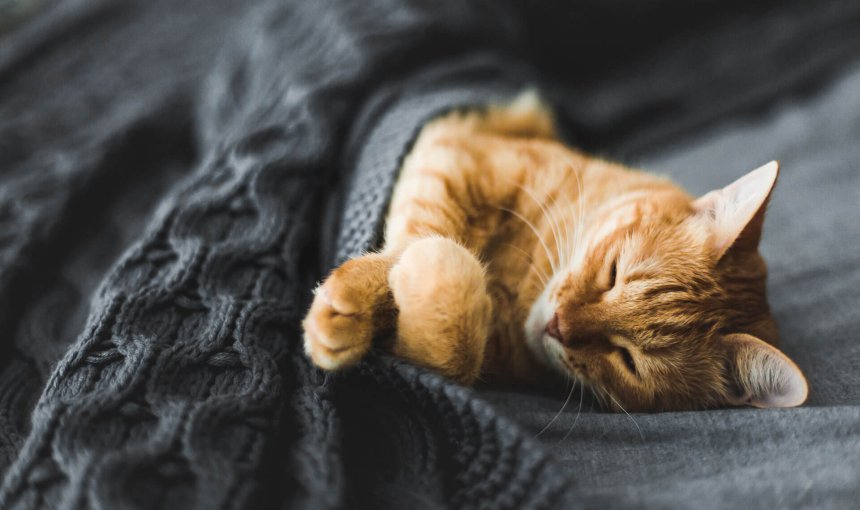
Whether your kitty is taking a catnap or is in a deep sleep, they often rest in adorable or just plain weird sleeping positions. Let’s explore what these cat sleeping positions mean in this post. (And how tracking your cat’s sleep can help you stay on top of their health and wellbeing.)
Key Takeaways
Sleeping positions are a form of communication.
A cat’s sleeping positions can reveal a lot about their comfort level and mood. For example, a “Belly Up” position shows trust, while the “Crescent” position helps them conserve heat.
A sudden change in sleep patterns can be a health indicator.
A change in a cat’s usual sleeping habits may signal an underlying health issue, injury, or cognitive dysfunction, especially in older cats.
The Tractive smart cat collar can help monitor sleep.
The device has a built-in motion detector that tracks a cat’s activity and sleep minutes. This can help owners establish a baseline for their cat’s sleep patterns and detect any unusual changes early on. With this data at hand, you can have a more informed conversation with your vet and keep your cat healthy.

Find out where your cat spends their time.
Read moreWhy do cats sleep in certain positions?
In a nutshell, it has to do with their evolutionary history. Your cat’s wild ancestors are hunters. So like their wild cousins, cats may sleep lightly and be semi-alert while dozing. Their instincts guide them to stay aware of approaching predators or prey. This is a behavior that’s hard-wired into your kitty. So even though your furball isn’t prowling the savannah for a meal, they may still have the sleep habits of a wild cat.
Of course, it’s possible that your cat’s sleeping positions have no underlying secret meaning. Your cat may just be trying to get as cozy as possible! In fact, cats sleep from 12-18 hours per day. So it makes sense that they would seek the ultimate in comfort and security for this important endeavor.
Your cat’s sleeping positions can give you clues to their likes, dislikes and comfort level. It’s like a type of body language. Besides, these might be affected by the season, what’s going on in your home, and your cat’s overall mood.
⚠️ Cats that are unwell may suffer from poor sleep. In fact, some sleeping positions could also indicate that your cat is sick. A smart cat collar with built-in Health Monitoring (including Sleep Tracking) can help you spot these kind of potential health issues early.
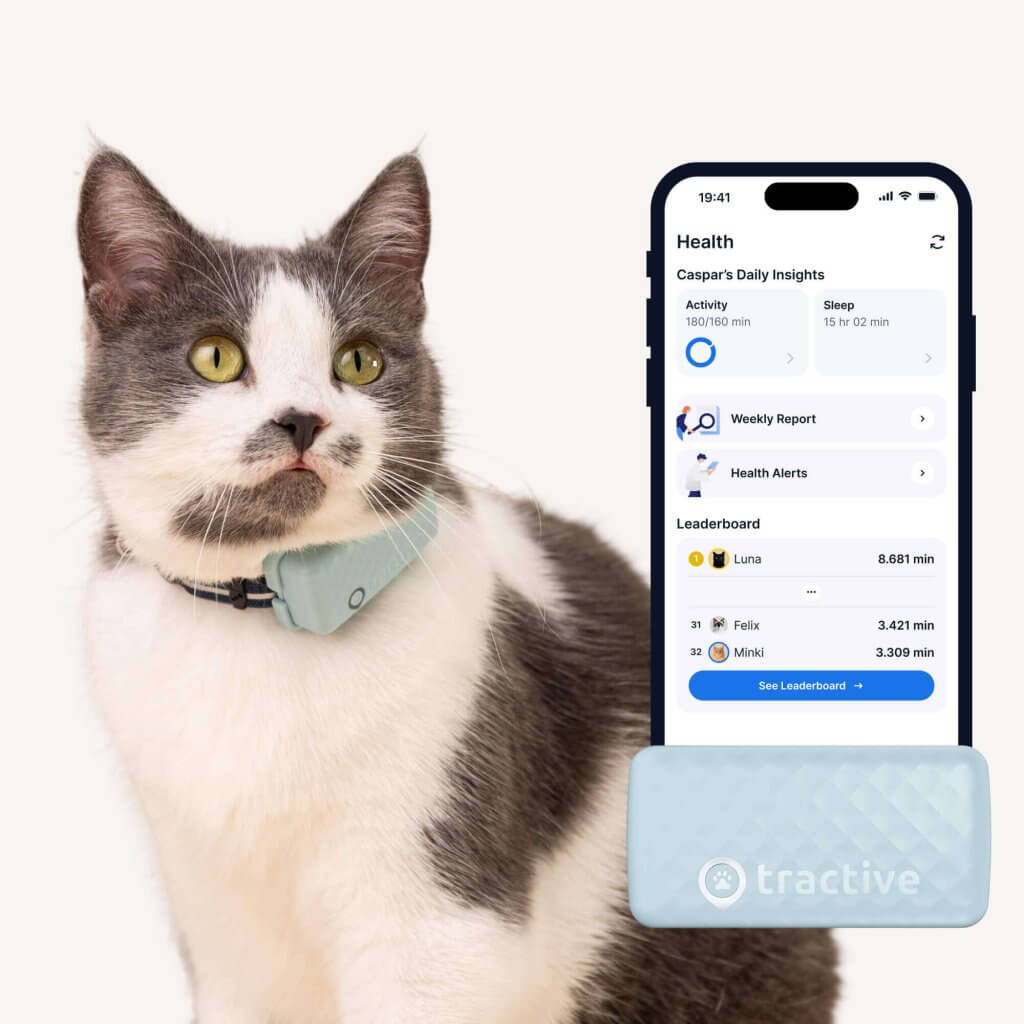
Get health alerts for your cat
Our cats can’t always tell us if something’s wrong. But if their tracker detects unusual changes in their routine, you’ll get an alert, helping you catch potential issues early.
Common cat sleeping positions & what they mean
1. Cat loaf
In this position, your cat is probably taking a quick cat nap and is not in a deep sleep. They’re still alert to their surroundings, even despite appearing completely chill. It’s actually how they protect their vitals from a potential predator. While in the Cat Loaf position, your furball is also conserving body heat. That’s why the Cat Loaf may become a preferred sleeping position when the weather turns cold.
2. Belly up
Sleeping with the tummy facing the sky means your cat trusts you and their environment. Exposing the belly makes a cat quite vulnerable because their vital organs are unprotected. Only when a cat is completely at ease will they sleep Belly Up. This sleeping position can also help your cat to cool off in warm weather, because the belly has less fur and loses heat more rapidly than the rest of the body.
If your kitty sleeps in the Belly Up position, they are telling you that they feel relaxed and safe. We dare you to walk past a cat in this adorable position and not rub their belly. Just be prepared to pay the price with a little nip from your startled cat!
3. Superman
This position means your cat is most likely trying to cool off. It’s when you see your cat lying belly down with the front legs stretched forward and the hind legs extended backward. In general, a cat in the Superman sleeping position is relaxed, unafraid of being bothered, and headed for a well-deserved superhero snooze.
4. Crescent
The Crescent position allows your cat to conserve body heat, so you are more likely to see your cat in this position during the winter or in cold weather. Similarly, most wild cats sleep in the Crescent position, because it protects their vulnerable bellies from predators.
5. Side sprawl
This common cat sleeping position signals deep sleep. Else, your cat might lie in a side sprawl to cool off. Since it partially exposes their belly, it could indicate that your cat trusts and feels relaxed in your home. (So no worries about a sneak attack.)
6. Monorail
Cats are predators, and as such, they like to perch up high to keep an eye out for potential prey or threats. In the Monorail sleeping position, cats lie lengthwise on an elevated surface such as a sofa arm, a handrail, or a windowsill. While your cat probably intends to remain alert for threats in this position, it also signals they’re sleeping lightly.
7. Pretzel
The Pretzel position, like the Belly Up position, indicates that your cat is completely relaxed and trusting in their environment. This is when your cat sprawls out and twists their torso so the upper body points in one direction and the lower body faces the opposite direction. While in the Pretzel position, a cat may be in a deep sleep, but they can still spring into action instantly if you give them a gentle poke in the belly. (Trust us, we’ve tried it.)
8. Paw over the face
In this sleeping position, your cat is sending a clear message that they do not want to be disturbed while they are asleep. If you see your cat with their paws covering their face, think of it as your kitty wearing an eye mask to bed, attempting to keep disturbances to a minimum while they get their beauty rest.
9. Eyes barely open
A cat that is snoozing with their eyes open to little slits is only half-asleep. They are still on the lookout for danger, potential threats, or even the chance to pounce on a meal. This behavior is linked to your kitty’s wild origins, where cats of all types have to find their own food and avoid becoming food for someone else. The Eyes Barely Open sleeping position is often combined with the Cat Loaf sleeping position. Snoozing like this allows your furry friend to be semi-alert while getting a little rest.
A fun cat sleeping positions chart for you 😺

Cat sleeping positions when sick: What to watch out for
A sick cat might try different sleeping locations or sleep in specific positions to cope with discomfort, pain, or fever. While a single unusual position may be nothing, if you notice any of the following, especially in conjunction with other signs of illness (lethargy, vomiting, diarrhea, loss of appetite, etc.), head to your vet.
| Sleeping Position/Behavior | Potential health issue |
| “Meatloaf” or tucked position but hiding | Pain, fever, general discomfort |
| Superman – or stretched out on a cold surface | Fever, potential heat stress |
| Head tucked low or pressed against a wall | Neurological Issues |
| Always flat on the side, not changing position | Lethargy, weaknes |
| Slightly propped up or “sphinx” position | Breathing difficulties, stomach pain |
Remember: your cat’s sleeping position isn’t the only sign of illness. Always keep an eye out for any weird changes in your cat’s behavior – like their energy levels, eating and drinking habits, and even litter box visits. If you notice anything off, drop by your vet for a checkup.
Where a Tractive smart cat collar can help
Keeping track of your cat’s sleeping behavior isn’t the easiest. That’s where a smart cat collar with Health Monitoring – like Tractive – can step in. With its built-in motion detector, your trusty Tractive device keeps track of your cat’s sleep quality, disturbances, and normal sleeping behavior – so you’ll be able to spot a change quicker and earlier. This includes:
- How much your cat sleeps on average
- The quality of your cat’s sleep – including wakeups and other disturbances
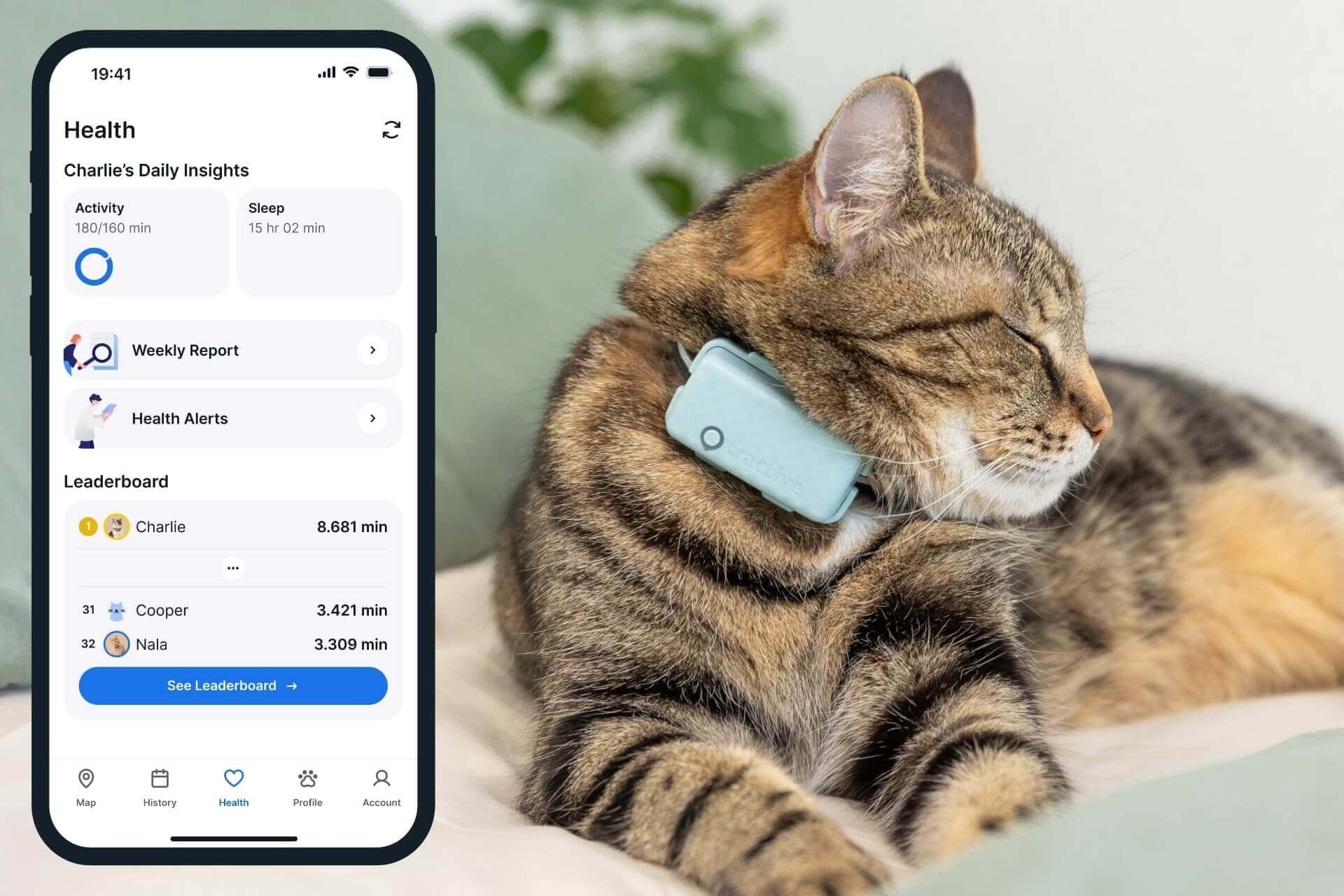
With time, your Tractive device figures out a baseline of what’s normal for your cat. If it detects a significant and persistent change in your cat’s sleep cycles – like sleeping much more, much less, or experiencing a noticeable increase in nocturnal restlessness – you’ll get a Health Alert to your phone. These changes could often signal an underlying health issue, like pain, fever, or even cognitive decline in senior cats. So you’ll be able to catch it earlier, get them over to a vet for a checkup, and help your cat live their healthiest life by your side.
Liked this post? Share it with a fellow cat parent and make their day!
